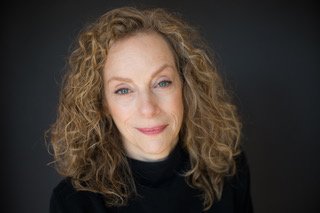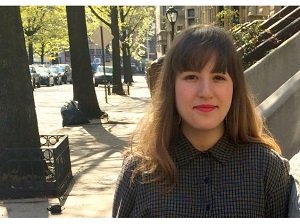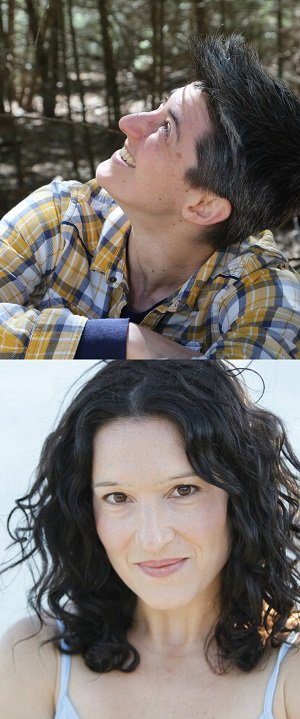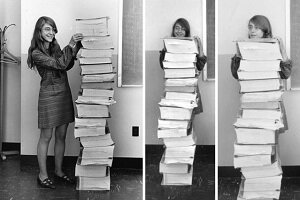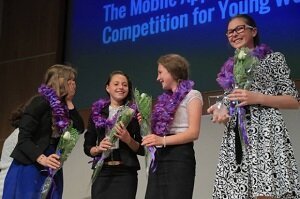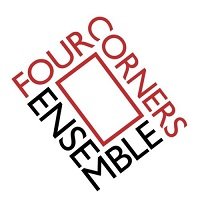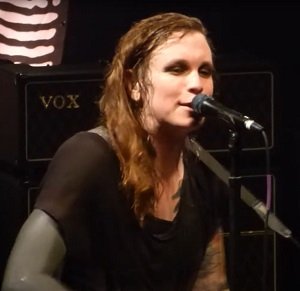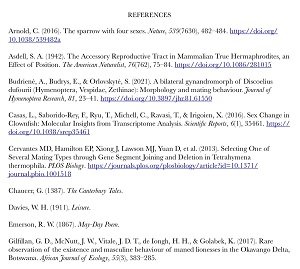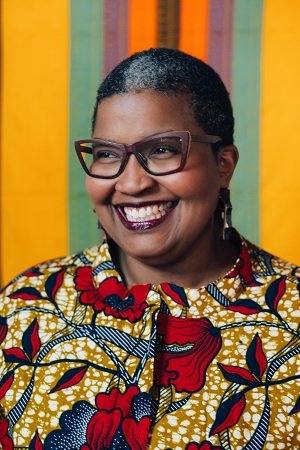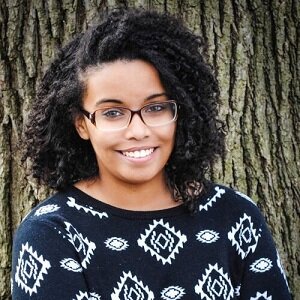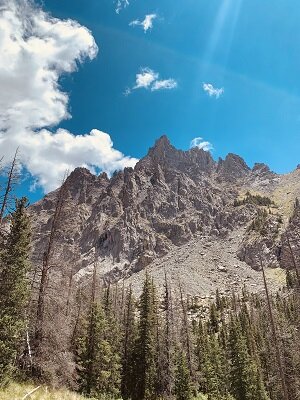What does it mean to be passionate about a subject – and a cause? When those two passions collide – isn’t that what makes history?
Playwright Miz Hashimoto sets THE BEES CALL ME EVA in Oslo in 1944 during the German occupation of Norway when the resistance movement calls on a young entomologist to match wits with one of the Third Reich’s most ruthless commandants.
THE BEES CALL ME EVA will have its first public reading at 3:00 PM on Thursday, June 5 at the Ensemble Studio Theater as part of the Spring 2025 EST/Sloan First Light Festival. The reading is free and reservations are encouraged.
We buzzed Miz with questions and were stunned by their answers.
(Interview by Rich Kelley)
What inspired you to write THE BEES CALL ME EVA?
I started learning Norwegian on a whim seven years ago – my Danish friend got me into this Norwegian TV show called Skam and I loved the way the language sounded. When I became interested in pitching a play for the EST/Sloan Project, I Googled “cool female Norwegian scientists” in the hope there would be someone cool I could write about. And lo and behold, there she was! I knew from the moment I read “entomologist and spy” that that would be my next play.
What research did you do to write the play?
Most of the information about the real-life Astrid Løken (and XU, the organization she belonged to) was only available in Norwegian, so it was a great chance to brush up on my language skills. I also watched a lot of films set in WWII Norway to get a sense of the general mood and atmosphere. On the science side of things, I did my favorite thing to do, which is to go to the NYPL website, type in “bumblebee”, and scour the results. Luckily for me, many bee scientists are passionate about communicating why their work is important and exciting.
Why this play? Why now?
When I first had the idea for the play, I was worried I wouldn’t be able to find its relevance, thinking it would be a straightforward (and perhaps stuffy) historical piece. In the current political climate, though, a story about an ordinary civilian resisting a fascist regime seems like it could … resonate.
Why bumblebees rather than honeybees?
When I first read that Astrid studied bees, I, like everyone else, immediately thought of honeybees. Then a friend showed me a TEDx Talk by the scientist Nick Dorian called “We’re Saving the Wrong Bees” that talks about why wild bees need more attention. Even though we rely on them for crops such as tomatoes or peppers, most of the “save the bees” discourse has been focused on honeybees. Now I feel quite indignant on behalf of bumblebees every time I tell someone about my play and they tell me how their friend keeps honeybees.
What would you like the audience to take away from THE BEES CALL ME EVA?
As someone in the arts who had trouble connecting with science as a school subject, I’ve always thought of science as clinical and aloof, something obviously practical and clear-cut. But as I was writing this play, I was struck by the complexity of the philosophy of science, and how hard it is to articulate why science matters and what the point of putting shrimp on treadmills is, which (weirdly) made it feel more familiar and relatable. So, I would love for my play to make science feel a little closer in all its messiness.
To have any chance of creating an atom bomb, the Germans were going to need Norway's stockpile of heavy water. The Norwegian resistance movement's destruction of the Vemork heavy water plant at Rjukan in 1943 was one of the movement’s major achievements. Did that effort include using spies like Astrid/Eva? Were any entomologists?
This question makes me feel existential, because the fact is that spies such as Astrid/Eva (who were in the civilian branch of the resistance) weren’t involved in military resistance operations at all. As a member of the Norwegian intelligence organization XU, the real-life Astrid Løken had tasks such as photographing topographical maps of Norway and couriering intelligence material (usually printed on microfilm) to XU headquarters. I’ve had to exaggerate the practical applications of Astrid/Eva’s intelligence-gathering for dramatic purposes, which I feel conflicted about! One of the things I think about in the play is the importance of scientific research that some might perceive as being smaller in scale or less interesting, which of course has parallels with Astrid/Eva’s work as a spy. I don’t think anyone would mind me saying that Norway is peripheral if we’re thinking of WWII history. So, there we have it: the dilemma between making things dramatically interesting and acknowledging the importance of something that might make for a less compelling play.
The famous physicist Enrico Fermi is a character in your play. Why include him?
Although I didn’t watch Oppenheimer, the film has always been in the back of mind as a story about a scientist in WWII. Fermi’s research had massive consequences for the course of the war. The contrast between someone like him and someone like Astrid peddling down the streets of Oslo on her bicycle really struck me, so I wanted to bring that feeling into the play a bit. The real-life Kjell studied physics so I gathered that Fermi’s research would have been all the talk at the time.
Was there anything you discovered during your research that especially surprised you?
Edda Espeland’s book “XU-agenter” was a treasure trove for anecdotes about intelligence agents in WWII Norway! My personal favorite is that the real-life Anne-Sofie’s sister was once arrested and taken for interrogation … during which she fell asleep. I pride myself on being able to sleep anywhere, but that’s next level.
What's next for Miz Hashimoto?
I’ve been lucky enough to play a supporting role in the running of the RestFest Film Festival, an artist-run festival created by and for the Disability community. This summer we’ll be getting ready for its second year so I’m about to sit down and watch a bunch of films, which I’m super excited about.
And what else? Nothing to do but write. The three plays I have in the works are: a disability fable about a superhero who’s lost their powers, a blended family doing taxidermy together, and polycule drama at a Seder.
THE BEES CALL ME EVA is one of two readings of new plays in development as part of the EST/Sloan Project in the Spring 2025 First Light Festival, which runs from May 15 through June 5. The festival is made possible through the alliance between the Ensemble Studio Theatre and The Alfred P. Sloan Foundation.












































